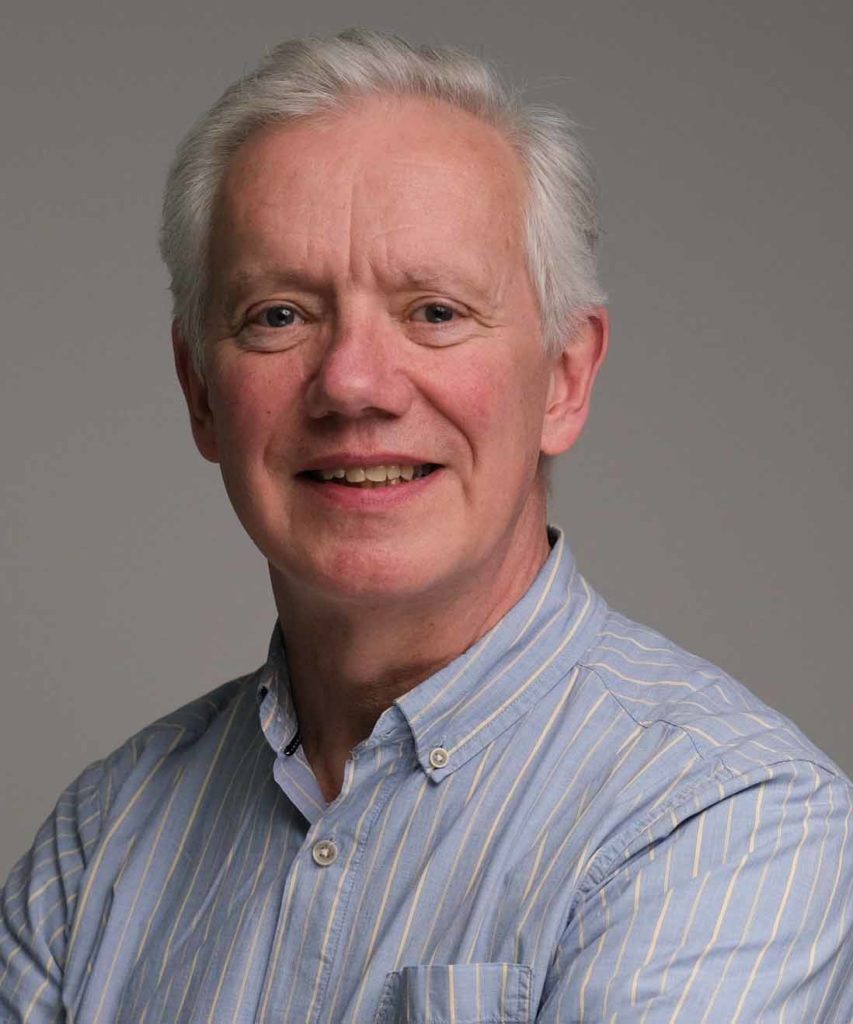

We are studying the molecular machinery responsible for powering movement in living cells.
Our muscles use chemical energy, derived from the food that we eat, in order to produce force and movement: muscles power the spectacular feats of athletes and the everyday beating of our hearts. On a microscopic scale we find that every single cell in our body is buzzing with movement and activity, much of which is generated by the same type of proteins that power our muscles, known as 'molecular motors'.
These motors work by taking one molecule of fuel at a time and converting it into a tiny amount of force and movement. No man-made machine can yet rival their power and efficiency, so we want to know more about how these motors work and find out how they do various jobs inside cells.
We have developed high-precision, laser based, instruments to track and manipulate individual molecules inside living cells or in test tubes, seeing how they work together with other cellular components to generate movement.
Processes such as cell migration, muscle contraction, DNA copying and repair and even our hearing all rely on these motors, and they are critical for the body to function properly and healthily. They are important in very diverse forms of disease, from hearing loss and heart disease to cancer and infection by malarial parasites.
By studying the fine details of molecular motors, we can understand more about how they work in healthy cells. We can also see what happens when they go wrong or are hijacked in disease, to help inform the development of new therapies.
 Latest: Isa Pires Yu-Fu Hung Ulrich Bergmann Justin Molloy Inari Kursula (2022)
Latest: Isa Pires Yu-Fu Hung Ulrich Bergmann Justin Molloy Inari Kursula (2022)
Analysis of Plasmodium falciparum myosin B ATPase activity and structure in complex with the calmodulin-like domain of its light chain MLC-B
Journal of Biological Chemistry, 298: 102634
[link]


 Latest: Isa Pires Yu-Fu Hung Ulrich Bergmann Justin Molloy Inari Kursula (2022)
Latest: Isa Pires Yu-Fu Hung Ulrich Bergmann Justin Molloy Inari Kursula (2022)
